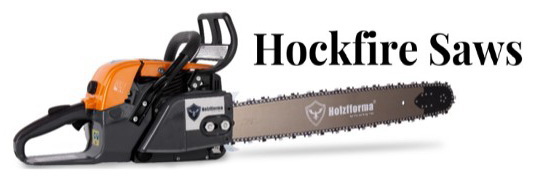Ronie
Here For The Long Haul!
I ran almost 2 tanks through it getting the tune, it's a little disappointing that it's not holding higher RPMs in the cut but it seems to like chugging along at around 9500, I guess that good to mill with.
Thanks, maybe if I use some epoxy and bring the intake up to 80 it would do a little better.Hello. Om the titanickel cylinder you only have 32 degrese of case compression, that is very low, I think att least 40 degrese of case compression is neaded to make it rew higher and bee strong. If you byu a wiseco race Piston from Dave it have longer skirt. That Will give you more case compression. Regards Bjorn
It’s the time that the piston closes off the intake until the transfers open. So as an example, from 80 on the intake until 120 on the transfers would be 40° That the piston compresses the case on the downstrokeI'm embarrassed to say but I don't really understand how to measure case compression. I should have asked this long ago but could someone explain how you measure it? I've tried to find a thread that explains in with no luck.
Thank you, that's so easy to figure. So around 40 is what I should be shooting for?It’s the time that the piston closes off the intake until the transfers open. So as an example, from 80 on the intake until 120 on the transfers would be 40° That the piston compresses the case on the downstroke
Not necessarily “shooting for”, but try to have at least 40Thank you, that's so easy to figure. So around 40 is what I should be shooting for?
I should have kept the timing numbers that the Hyway cylinder came with, 96-121-82.The info I was given, which seems to work for me (wright or wrong), is the 660 (because of the longer stroke) prefers an exhaust of about 96/97 (instead of 100), and the intake at about 82. I also give it a timing advance of about .030.
Make the exhaust and intake as wide and flat as possible w/o getting into trouble. Note that 660s do not have wide skirts. The TM 066s that are making near 12 Hp have Husky pistons with wider skirts.
My clone (with the ported Cross cylinder) really woke up from the 100 - 120 - 80 it had previously. RPMs increase power. My clone did 8.6 Hp on the dyno.
I'm going to keep working on these two 660 clones until I get it right.The info I was given, which seems to work for me (wright or wrong), is the 660 (because of the longer stroke) prefers an exhaust of about 96/97 (instead of 100), and the intake at about 82. I also give it a timing advance of about .030.
Make the exhaust and intake as wide and flat as possible w/o getting into trouble. Note that 660s do not have wide skirts. The TM 066s that are making near 12 Hp have Husky pistons with wider skirts.
My clone (with the ported Cross cylinder) really woke up from the 100 - 120 - 80 it had previously. RPMs increase power. My clone did 8.6 Hp on the dyno.
Beg, steal, or borrow an old 066 jug that times at 100 119 76 if you want it to runI'm going to keep working on these two 660 clones until I get it right.
There's two I've been looking at on ebay that's $85 a piece but I really don't know what to look for in one.Beg, steal, or borrow an old 066 jug that times at 100 119 76 if you want it to run
I don’t know how to tell the difference without a timing wheel either. But they are always worth that much to sell if they don’t time out the way you wantThere's two I've been looking at on ebay that's $85 a piece but I really don't know what to look for in one.
Ok also a rookie question, can I measure the cylinder sitting on the bench (not the saw) and get an idea of the timing?Beg, steal, or borrow an old 066 jug that times at 100 119 76 if you want it to run
You can use theses calculators and figure it out. https://lambretta-images.com/tuningh/port-timing-calculators/Ok also a rookie question, can I measure the cylinder sitting on the bench (not the saw) and get an idea of the timing?
Ok also a rookie question, can I measure the cylinder sitting on the bench (not the saw) and get an idea of the timing?
There is a program called (I believe) Torqsoft or something like that. It converts measurements into degreesI think you can get pretty close if you know how to calculate degrees from stroke position. Measure the port opening distance from the squish band minus a common squish clearance for that model, then turn that measurement into degrees with some fancy circle math.
I'd like to learn how. I probably would have paid attention in math class if they taught how to find port engine timing this way instead of a general example on a graph with no real world application.
I have a FT 660 cylinder, the first I ported, and first I used a 90deg tool on transfers that I want to try improving with epoxy in the uppers, and see if I can make it sort of a quad port.
Ok also a rookie question, can I measure the cylinder sitting on the bench (not the saw) and get an idea of the timing?
Beg, steal, or borrow an old 066 jug that times at 100 119 76 if you want it to run






